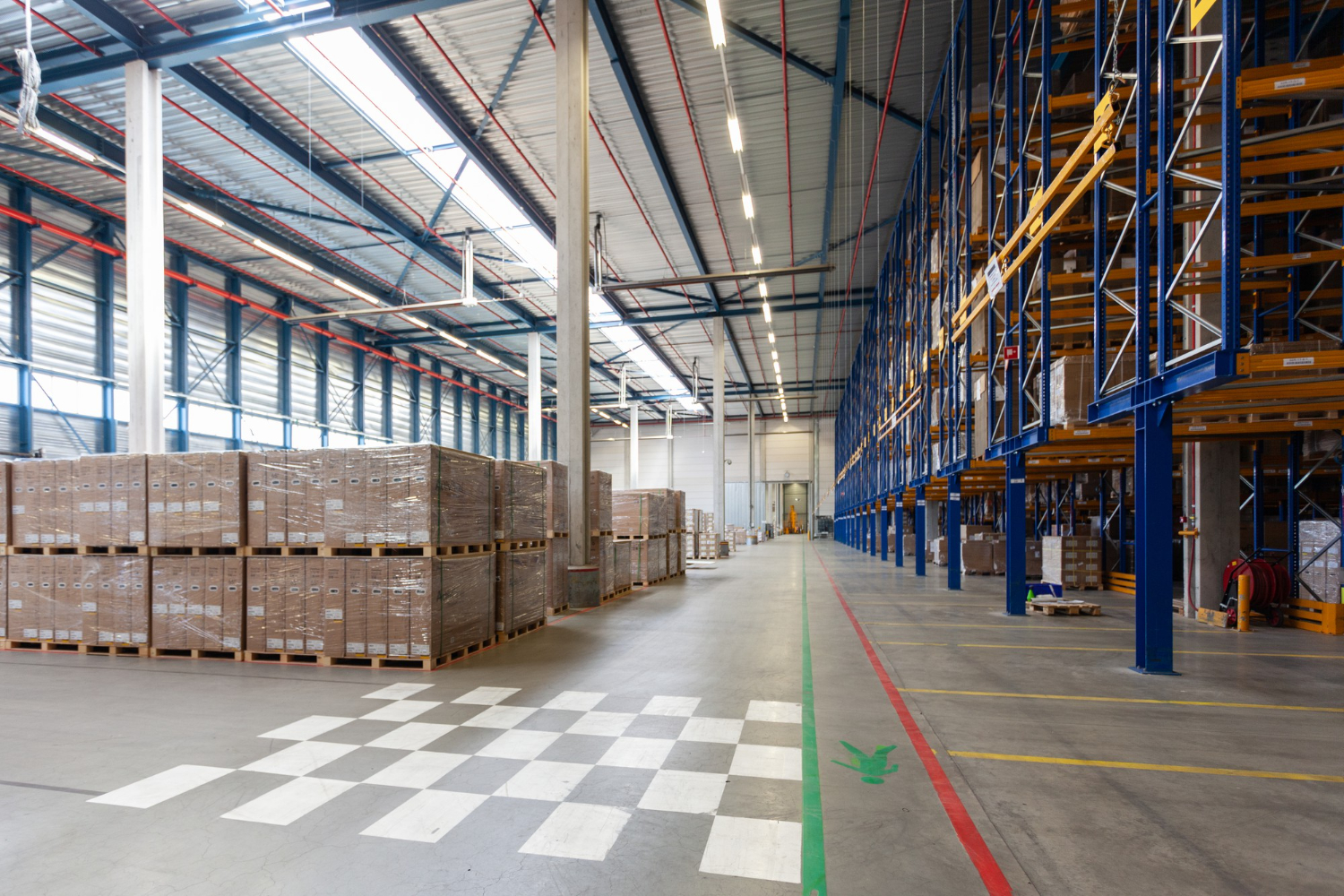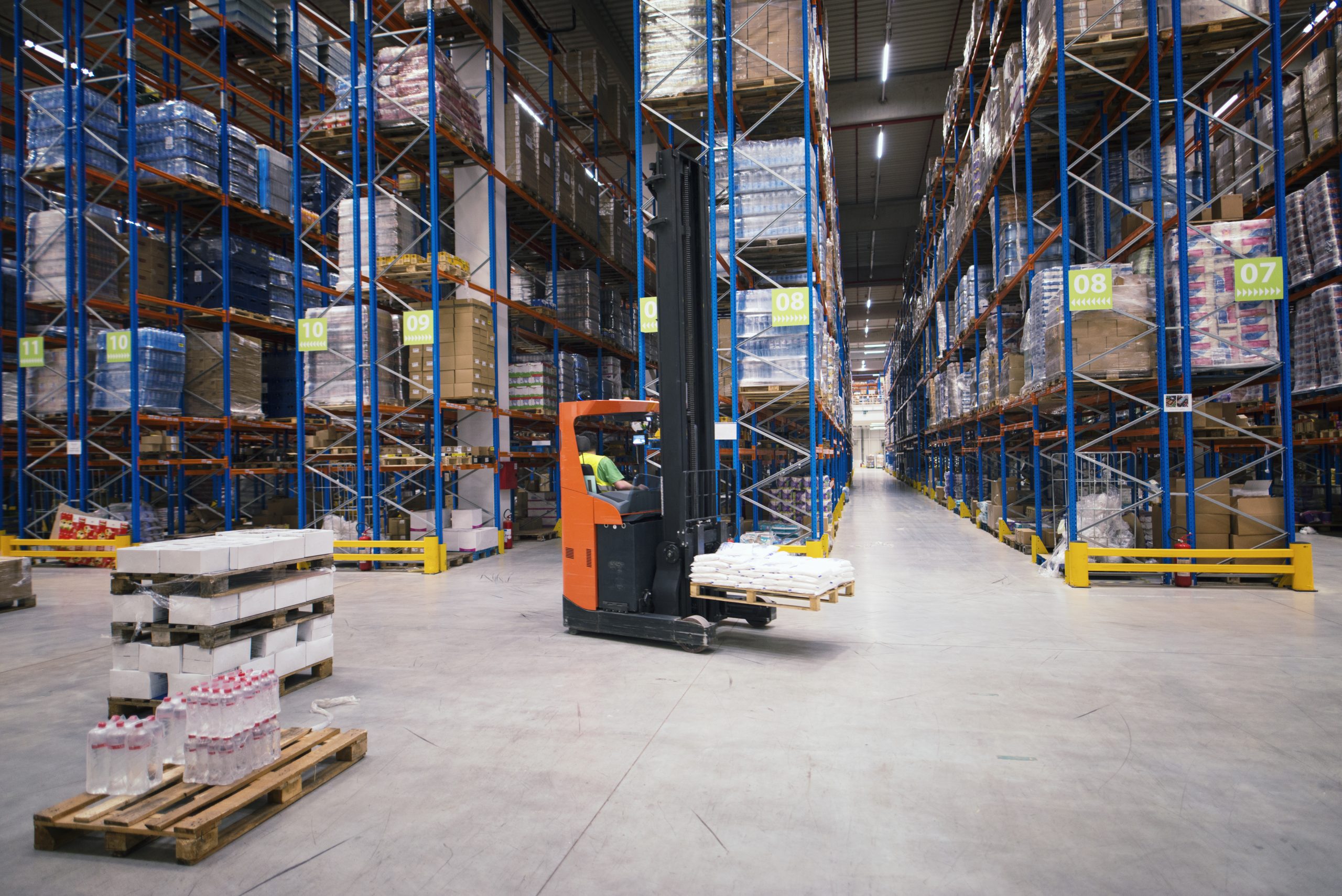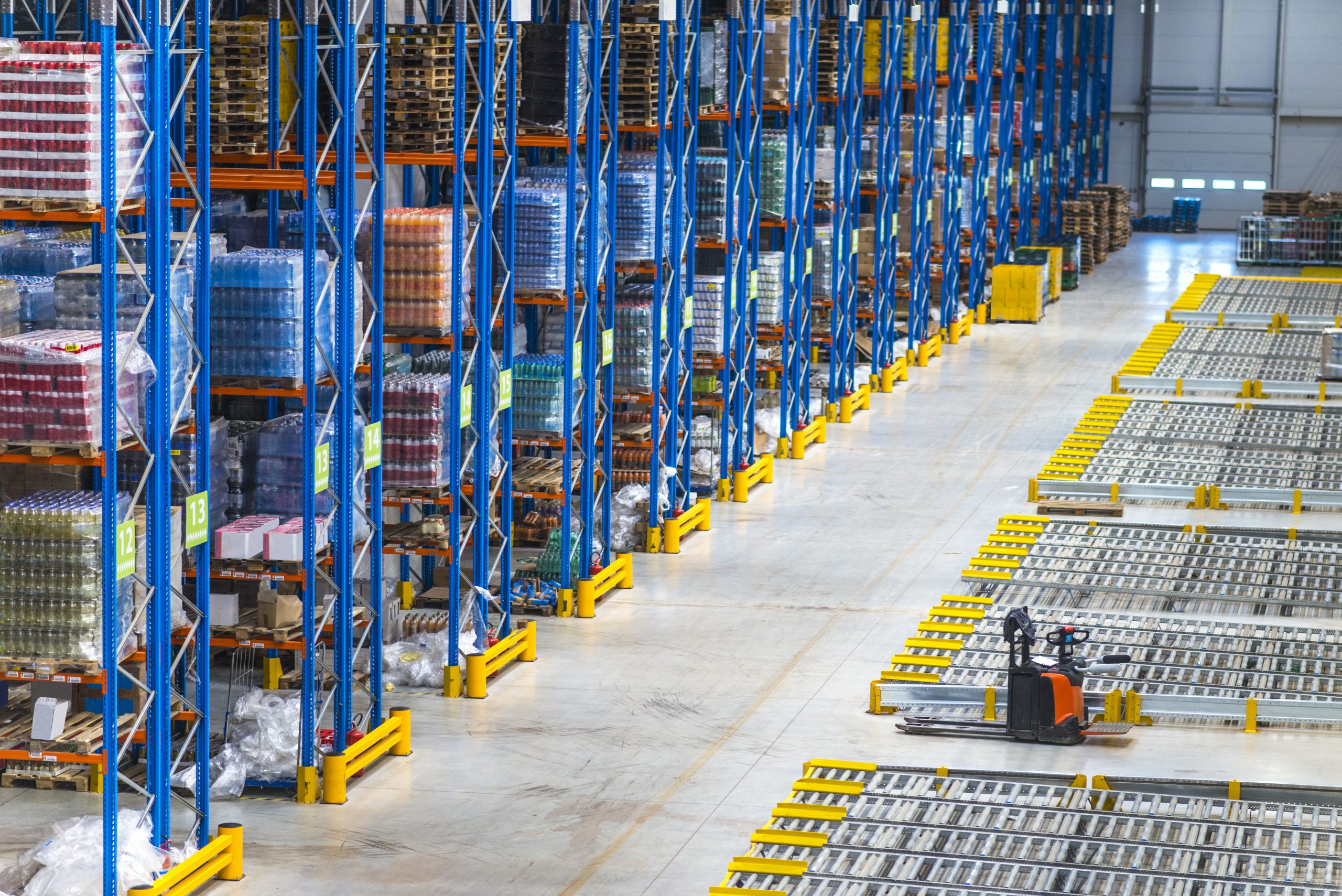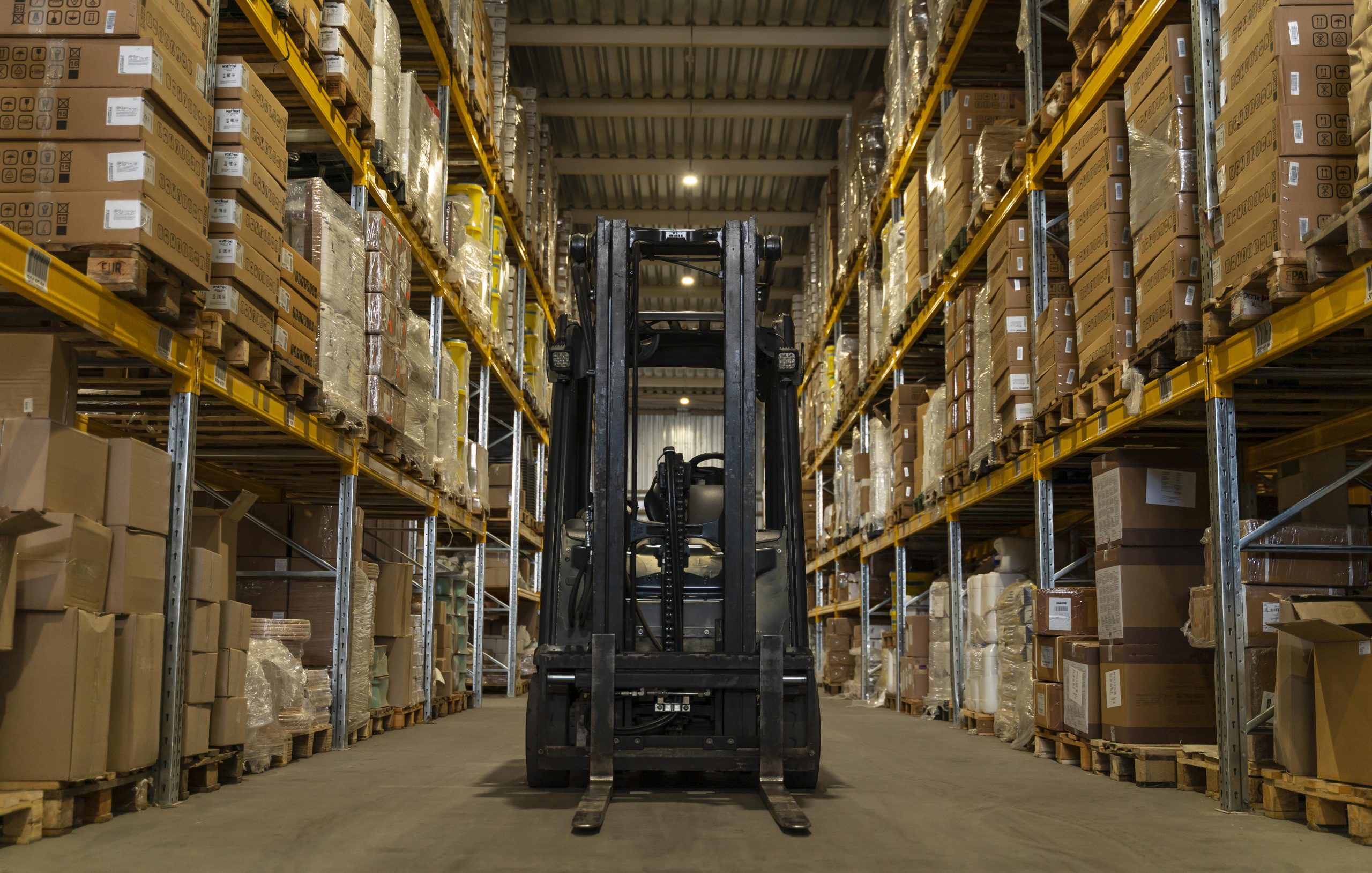As the holiday season approaches, many businesses are gearing up for an influx of orders and increased demand for their products. If you own a warehouse, it’s important to make sure it’s prepared to handle this additional workload. Here are five key steps you can take to optimize your warehouse for the holiday rush and improve your warehouse’s performance during the holiday season:
1. Review your inventory levels
The first step to preparing your warehouse for the increased demand of the holiday season is to review your current inventory levels. This will help you identify any potential shortages or overages, so you can plan accordingly. Consider conducting a thorough inventory audit to ensure that you have accurate information about the quantity and location of all your products. It is still not too late to stock up on some high-volume items.
2. Maximize storage space
The holiday season can put a lot of strain on your warehouse’s storage capacity. To ensure that you have enough space to accommodate the influx of orders, take a look at your current storage setup and identify any areas where you can maximize space. This might involve implementing new shelving or storage systems, or rearranging your existing layout to make better use of the space you have.
3. Train your staff
Your warehouse staff will be working hard to keep up with the increased demand during the holiday season. To ensure that they are able to handle the additional workload, provide them with thorough training on your warehouse’s systems and processes. This will help them work more efficiently and effectively, and can help prevent mistakes or delays.
4. Increase Staffing
As we already mentioned, the holiday season is one of the busiest times of the year for warehouses and distribution centers. To ensure that orders are fulfilled quickly and efficiently, it’s important to have enough staff on hand to handle the increased demand. If training and streamlining of existing staff is not enough, consider increasing staffing levels during the holidays to make sure that everything runs smoothly. Try hiring students or contractors to help you in this busy period.
5. Plan for contingencies
Despite your best efforts, it’s always possible that something could go wrong during the holiday season. To prepare for this possibility, it’s important to have a plan in place for dealing with unexpected issues. This might involve having extra staff on hand to handle any sudden spikes in demand, or implementing backup systems to ensure that your warehouse can continue operating smoothly even if something goes wrong.
In addition to the steps outlined above, implementing a warehouse management software system can also be a valuable tool for preparing your warehouse for the increased demand of the holiday season.
A good warehouse management system can help you improve efficiency, streamline your fulfillment process, and keep track of your inventory levels in real-time.
Some key benefits of using warehouse management software include:
- Automated inventory management: A warehouse management system can help you automate your inventory management process, making it easier to track the quantity and location of your products. This can help prevent shortages or overages, and can also save you time and effort by eliminating the need for manual inventory tracking.
- Improved fulfillment speed: With a warehouse management system, you can automate many of the tasks involved in the fulfillment process, such as picking, packing, and shipping orders. This can help speed up your fulfillment process and reduce the amount of time it takes to get orders out the door.
- Real-time visibility: A good warehouse management system will provide you with real-time visibility into your warehouse operations. This can help you stay on top of any potential issues or delays, and can also provide valuable insights into areas where you can improve efficiency.
Overall, implementing a warehouse management system can be a valuable tool for preparing your warehouse for the increased demand of the holiday season. By automating key tasks and providing real-time visibility into your operations, a warehouse management system can help you improve efficiency and keep your warehouse running smoothly during the holiday rush.















